The world’s strangest architectural mysteries, explained
Every year, Americans take over 90 billion international trips. While traveling, many love to explore the region’s architecture. But sometimes, a building seems so big, old, or strange that one wonders how it got there.
There are many architectural mysteries out there. Some can only be found in between buildings, while others can be seen from space. Certain findings are 10,000 years old, and others are as recent as the 21st century. All appear mysterious until historians and archaeologists explain their meanings. Keep reading for the world’s strangest architectural finds, some famous, and others unknown.
How A Goldsmith Made One Of Italy’s Most Iconic Buildings
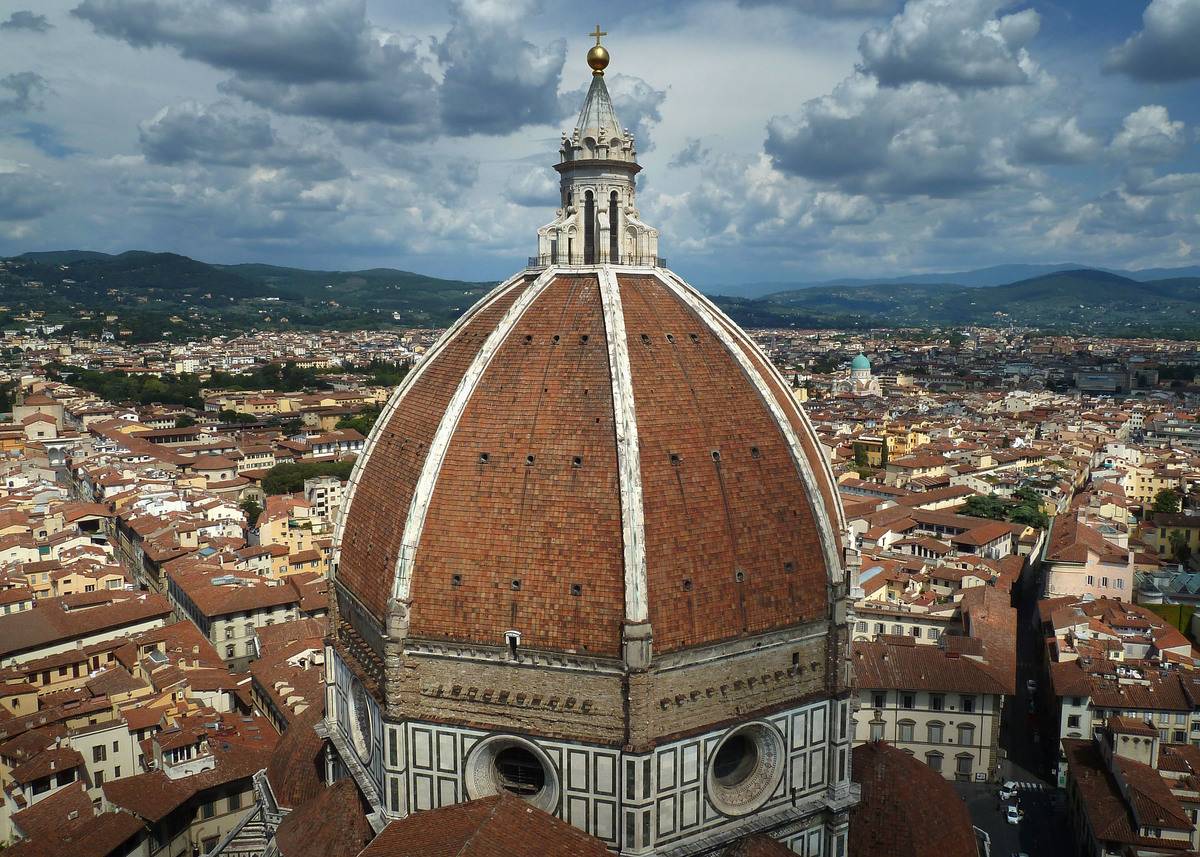
The Cathedral of Saint Mary of the Flower, better known as the Florence Cathedral, is one of the most iconic buildings in Italy. Historians, for a long time, have specifically been interested in its dome. It is the result of Filippo Brunelleschi, a notoriously hot-headed goldsmith who had no experience with architecture.
So why was Brunelleschi chosen? In 1418, the Florentine fathers organized a contest that challenged architects to create a dome without flying buttresses, inclined beams that support the ceiling. Thinking outside the box, Brunelleschi decided to make two domes–one inside of the other. That is why the building is so famous.
An Ancient Monument Lies At The Bottom Of The Ocean
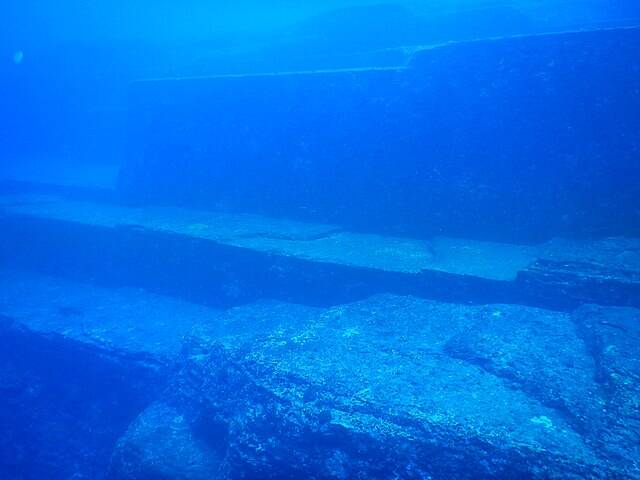
The Yonaguni Monument is an underwater rock monument off the coast of Yonaguni, Japan. But it is not your average stone. This man-made monument stacks to form a pyramid; it is also 165 feet long and dates back 10,000 years. Why did people make it, and how did it end up underwater?
Historians suggest that the Yonaguni Monument was once part of a bridge that connected Japan and Taiwan. It might have collapsed and the remnants ended up underwater. Meanwhile, some geologists say that Yonaguni is not man-made at all. The true purpose remains a mystery.
The Creepiest Beach Coast Town On Skeleton Coast
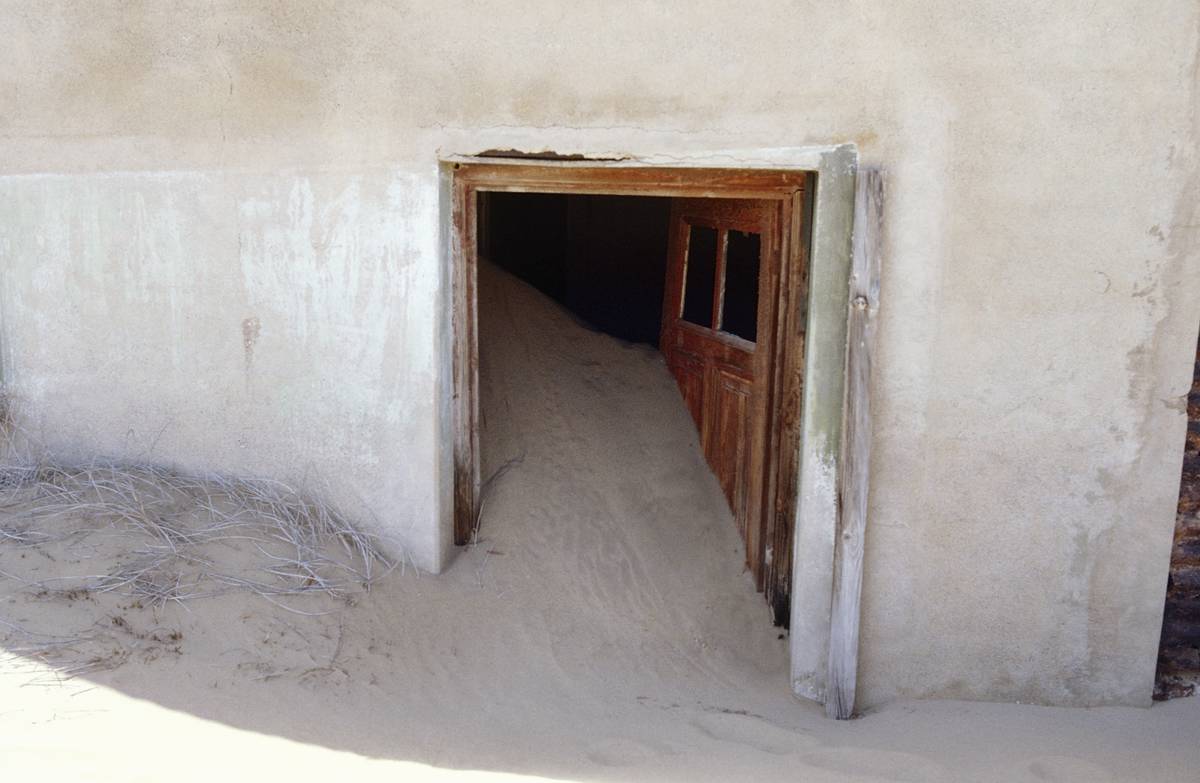
Skeleton Coast in Namibia is notorious for being a ship graveyard. That beach is already creepy, but it also has a ghost town called Kolmanskop. The wooden buildings, which seemed to be organized sporadically, are half-buried in the sand. How did it get there?
It all started in 1908 when a railway worker discovered diamonds on the beach. Prospectors picked up diamonds throughout the sand, and the growing population resulted in a nearby town. During World War I, the price of diamonds tanked, and Kolmanskop was abandoned. The houses still remain today.
What Was Sacsayhuamán’s Real Name?
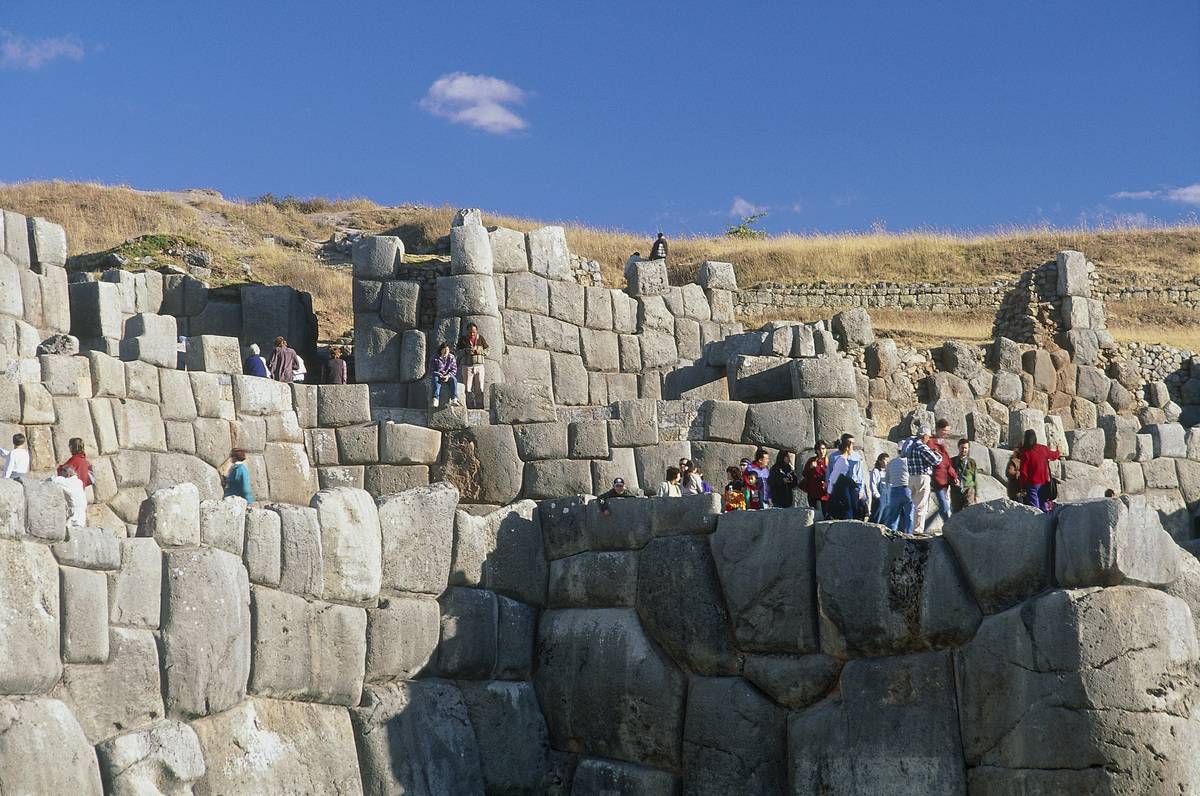
In Cusco, Peru, the ancient city of Sacsayhuamán is shrouded in mystery. Despite it being the capital of the Incan Empire, historians are not sure whether Sacsayhuamán was really its name. The name likely came from the Quechua language, although there are many different spellings and proposed meanings.
Here’s what we do know: the 15th-century buildings were constructed in a Tetris style which was highly advanced for that time period. Builders likely transported the larger slabs with a sled, and then pushed the smaller rocks across the soil.
Underwater Human Sculptures In The Caribbean

Many divers choose to dip underneath the west coast of Grenada in the Caribbean. There, they find 65 life-sized human sculptures. Some are children holding hands; others are sitting on benches or couches, and others are curling up sleeping and or riding bikes.
These concrete sculptures are an enormous art project. In 2006, British artist Jason deCaires Taylor made these sculptures out of concrete and submerged them underwater. The Molinere Underwater Sculpture Park is the world’s first underwater park, and although it might look creepy, it has a mundane explanation.
The Katskhi Pillar: A Church That Is 130 Feet High
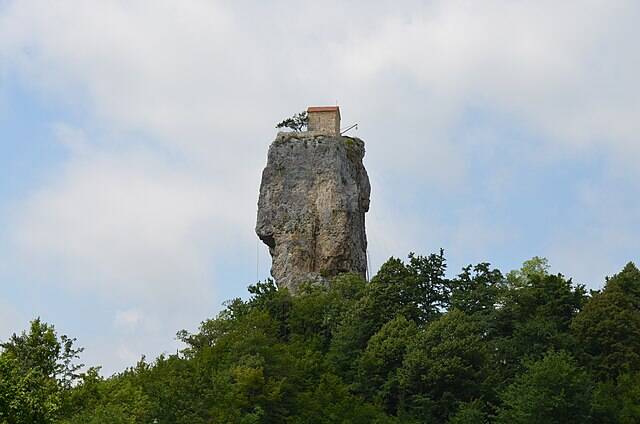
Participants of the Georgian Orthodox Church in Imereti have to look up. The church stands on an enormous limestone monolith, the Katskhi pillar, that is 130 feet high. It is so high that researchers could not climb it or study it until 1944.
When architecture specialist Vakhtang Tsintsadze visited the church, he noticed that the style reflected 5th and 6th-century churches. However, writings did not mention the Katskhi pillar until the 18th century. The church also has one resident, Father Maxime Qavtaradze, who occasionally climbs down with a pulley system. That pulley might be how the church was built in the first place.
England’s Floating Church, Normanton
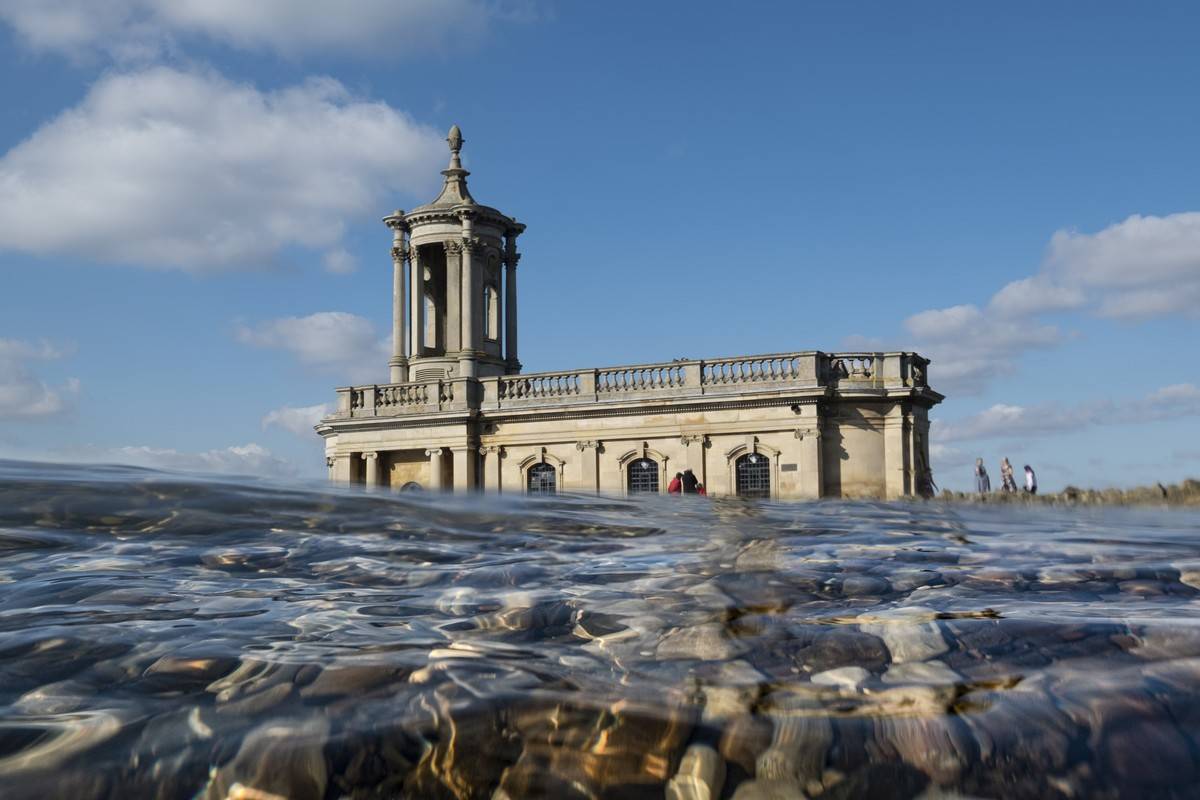
Normanton Church is the most famous landmark of Rutland, England. The church sits in the middle of a manmade lake, and when the tide rises, the building looks like it is floating. Normanton Church is now a popular spot for weddings, but it barely escaped demolition in the 1970s.
Normanton Church, initially called St. Matthew’s Church, was built in the 1760s. The aristocracy wanted to make a private chapel and mausoleum. Architect Thomas Cundy Jr. designed it to be an optical illusion; the church is so close to the water that the reflection makes it look like it’s floating.
The Leaning Tower Of Pisa Was A Mistake

Most people know about the Leaning Tower of Pisa, but many do not know how it was constructed. Although there is some debate about the origin, most agree that it was designed by either Bonanno Pisano or Diotisalvi, both architects from the 12th century. How can the tower lean and still stand for centuries?
Three stages of construction occurred throughout 200 years. The first story was built in 1173, and by the time workers got to the third story, the soft ground sank on one side. This ground made the tower lean. Although we can upright the tower today, nobody does because it’s so iconic.
Historians Are Still Questioning The World’s Oldest Megaliths
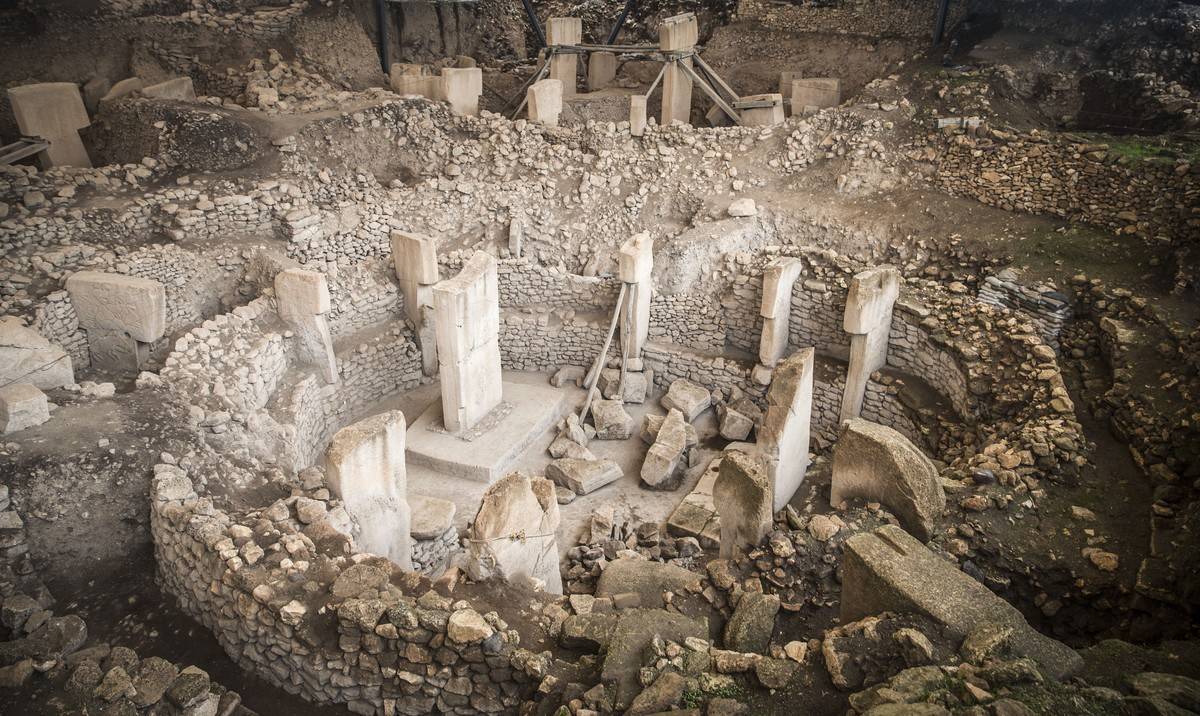
Göbekli Tepe in Örencik, Turkey, is one of the strangest archaeological sites ever discovered. It is a man-made mound called a tell. On the tell, there are stone pillars arranged in a T shape. These are the world’s oldest megaliths, dating back to the 10th–8th millennium BC. Archaeologists believe that Göbekli Tepe predates agriculture and pottery.
Since Göbekli Tepe was recently unearthed in 1995, historians are still brainstorming its purpose. The most accepted theory is that the pillars are a ceremonial and spiritual site. Perhaps the 200 pillars served as a gathering spot for rituals or social events.
This Is Not A UFO; It’s A House
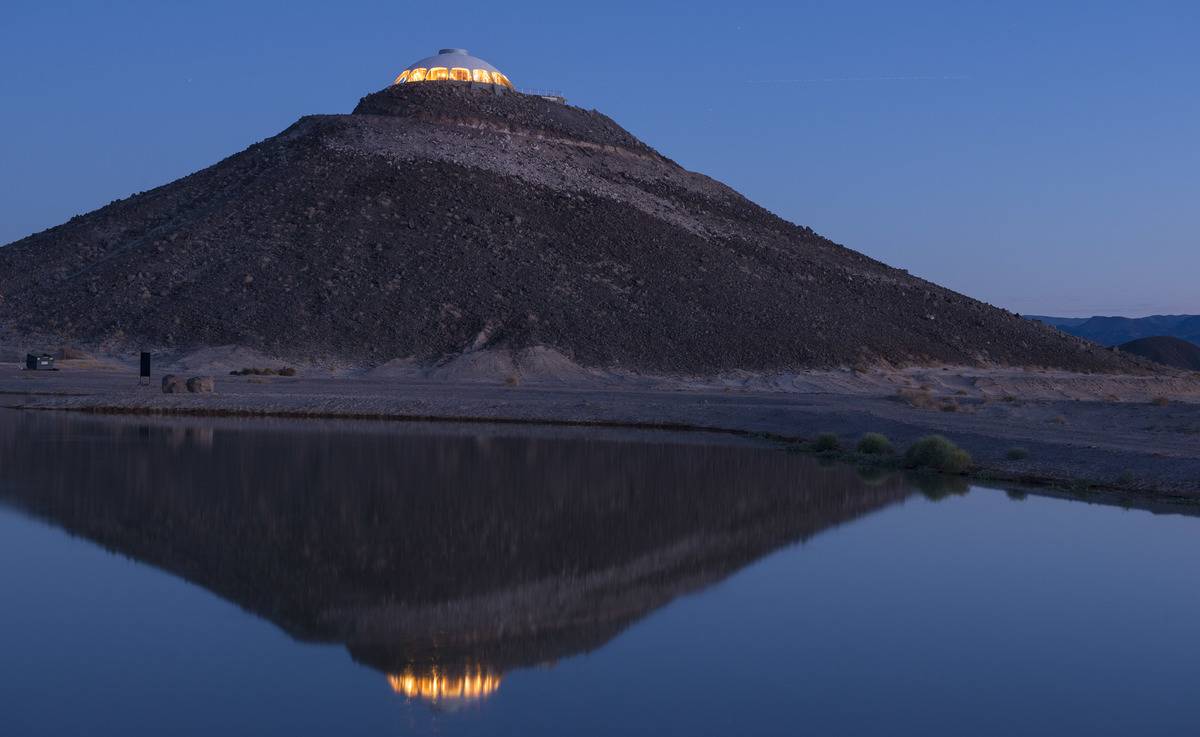
California’s Mojave Desert is a desolate place. But in Newberry Springs, a large mound rises from the ground with a UFO-looking building on top. This is known as California’s Volcano House, and if a visitor saw it, they might think that it was a flying saucer.
Believe it or not, this building was a home. It was designed by Harold James Bissner Jr. in the futuristic style of the 1950s, mid-century modern. It has 360-degree views, and the white roof keeps the interior cool. In 2003, television host Huell Howser purchased the house and restored it for $500,000.
Pumapunku, The Incan Center Of The World
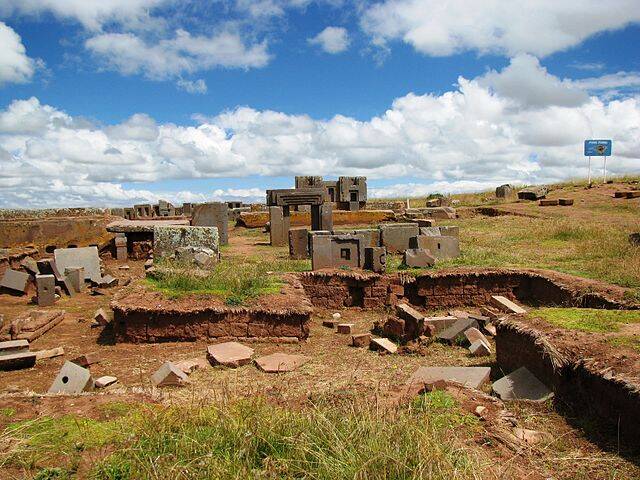
Pumapunku is a large Incan temple in Tiwanaku, Bolivia. The Incans believed that the location was the center of the world. Although the complex, maze-like temple dates back to 536 AD, the stones used are around 14,000 years old. It is also 549 feet wide and 383 long–how did the ancients build it?
Although historians are not certain how Pumapunku was built, they have some theories. Builders likely used llama skin ropes and ramps to haul the andesite and red sandstone rocks. The largest slab is 131 tonnes, so it is very impressive that builders could even move it.
The Real Life Crooked House

The Crooked House is not just the name of a book and film. It’s also an oddly shaped building in Sopot, Poland. Krzywy Domek, as it’s called, popped up in the middle of a shopping center in 2004. The 43,000 square foot building contains shops, homes, and a radio station. Why on earth is it there?
Krzywy Domek was made to be a tourist attraction thanks to the design team Szotynscy & Zaleski. It was inspired by Polish fairytale illustrations by Per Dahlberg and Jan Marcin Szancer. To the average tourist, it feels like entering another world.
Ghosts And The Winchester Mystery House
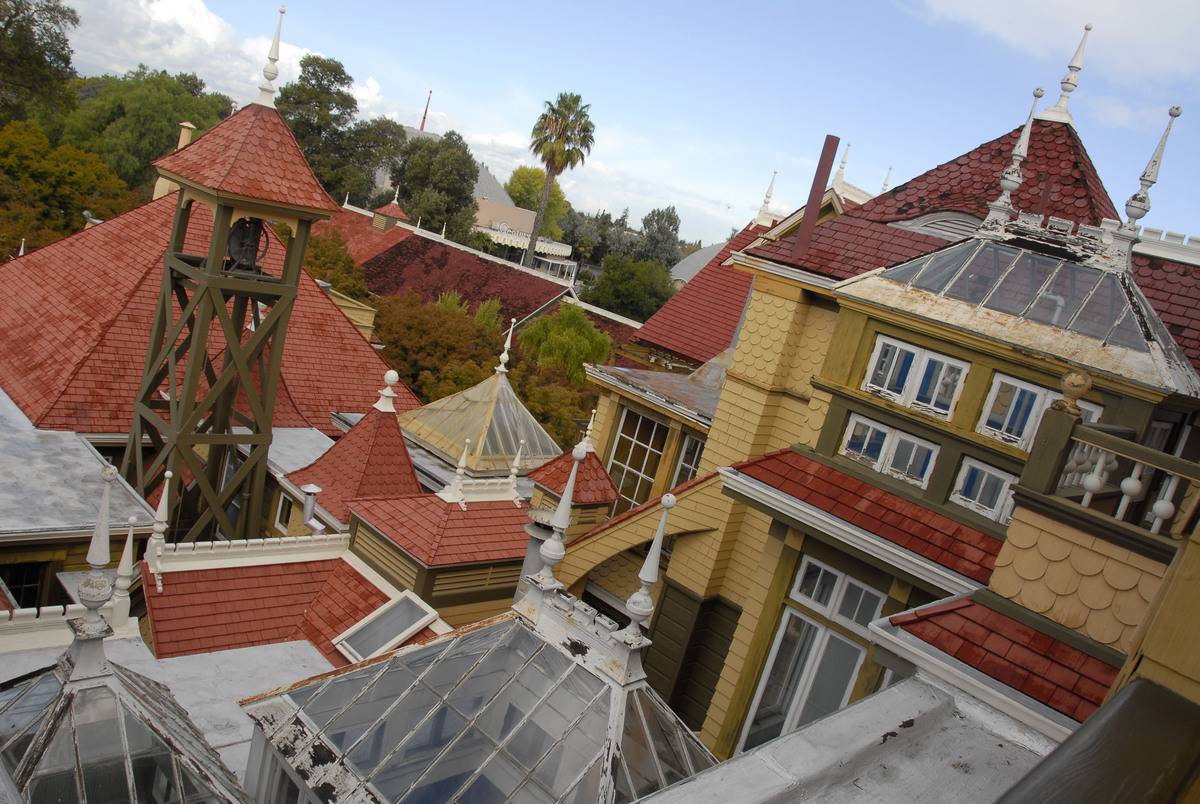
“Mystery” is in the name of the Winchester Mystery House in San Jose, California. The 19th-century mansion is nonsensical. It has stairways that lead nowhere, circular hallways, skylights in the floor, trap doors, and hidden passageways. It is so difficult to navigate that previous owners often counted the rooms incorrectly.
The mansion was owned by Sarah Winchester, whose husband owned the Winchester Repeating Arms Company. Winchester believed that the victims of her husband’s rifles would haunt her. For 38 years until her death, she built and re-built the house to “trick” the spirits and avoid haunting.
How Venice Survived On Water For Centuries
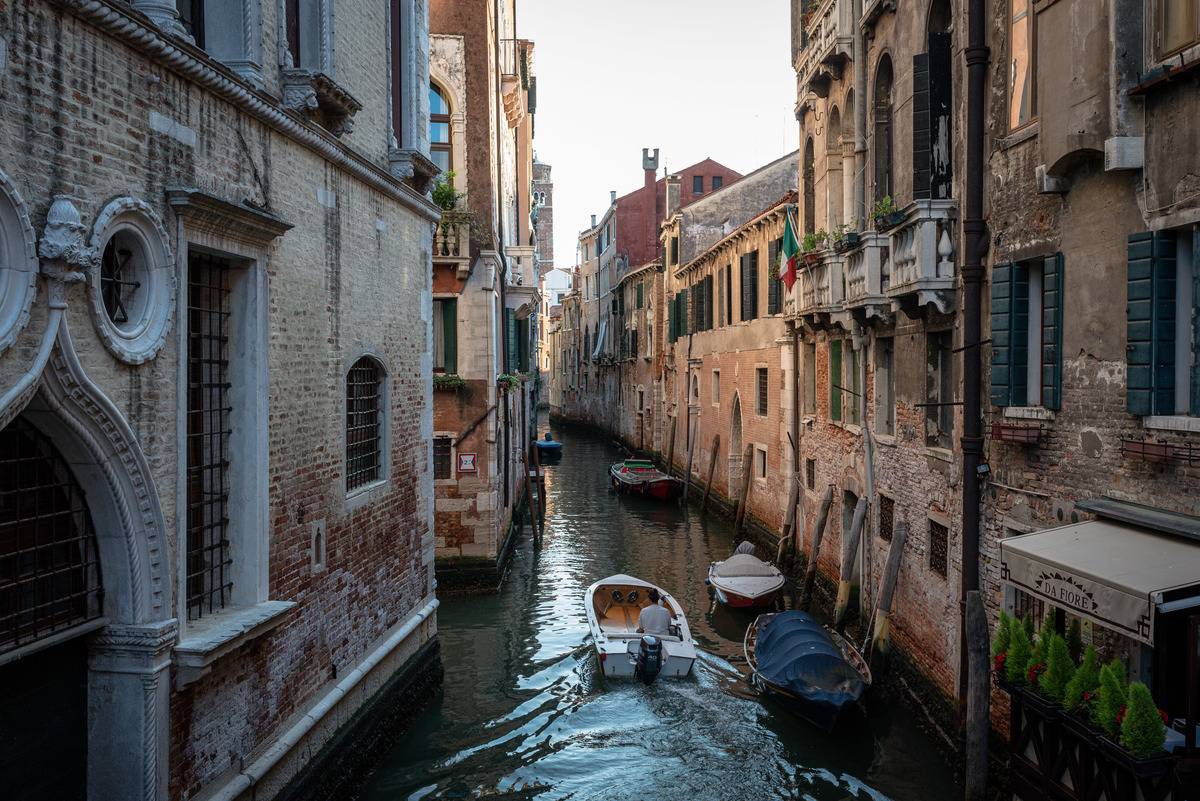
Every year, 30 million tourists visit Venice for being Italy’s “Floating City.” Construction began as early as 166 AD during the Roman Empire. While civilizations were trying to conquer Roman cities, people fled to the water-covered city because it was harder to invade. But how did the Romans build Venice?
The answer is extraordinary engineering. The Romans made logs out of waterproof trees such as pine. They hammered the pillars into the floor of the marsh and then laid wooden planks and stones on top. The sturdy materials have remained in place for thousands of years.
France’s Bubble Palace Is Not What You Think It Is
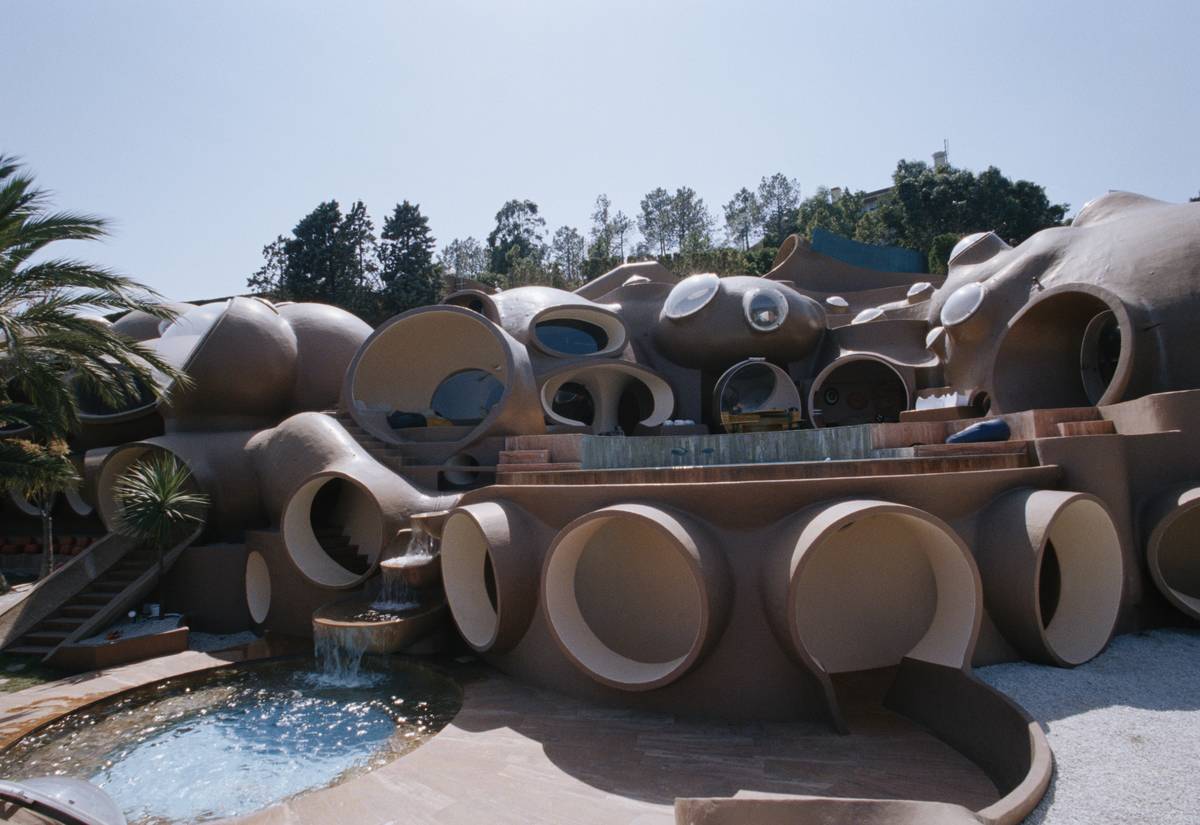
Fashion designer Pierre Cardin lives in the “Bubble Palace” near Cannes, France. The home has bubble-shaped rooms and doors, with oval windows and a waterfall that stretches throughout the home. Although the Bubble Palace looks like a modern art project, it actually dates back to the 1970s.
In 1975, Hungarian architect Antti Lovag began constructing the house for French industrialist Pierre Bernard. Bernard apparently had expensive taste, incorporating a 500-seat amphitheater and various swimming pools throughout the property. After Bernard died in 1991, Cardin bought the property.
The Pyramids Of Giza Have Many Theories

The iconic Pyramids of Giza have many theories, and it’s easy to see why. Constructed in 2500 BC, each pyramid serves as a tomb for a pharaoh. The oldest and largest one, the Great Pyramid, stands at 481 feet tall. How could the ancient Egyptians possibly create these?
According to archaeologists, the ancients built slopes and a pulley system to transfer the materials. Stone blocks were slid on sleds and lifted with ropes to the correct position. No aliens were required to build these impressive structures.
This Seven-Story Basket In Newark, Ohio
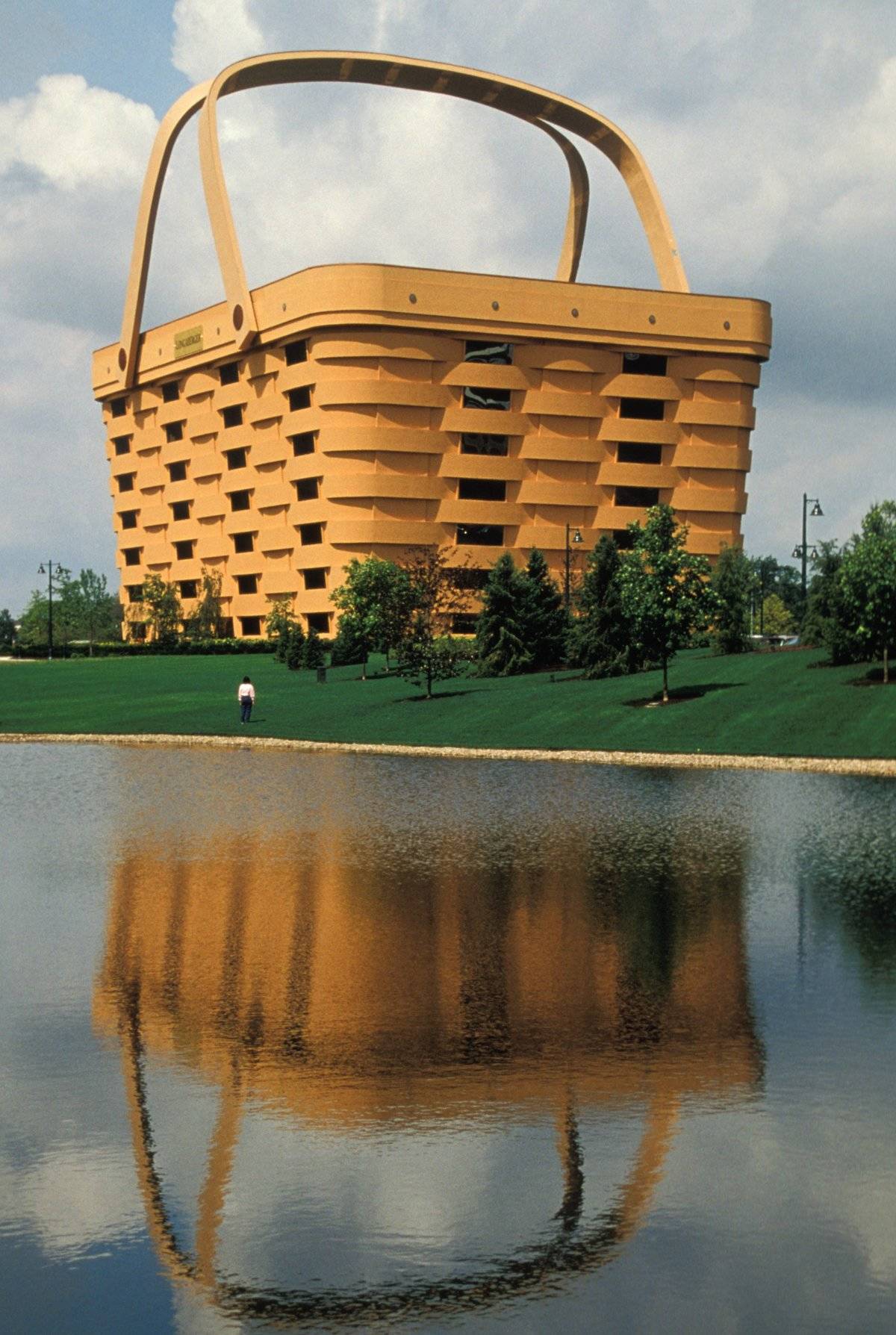
Do you want a unique hotel experience? In Newark, Ohio, a giant basket has just reopened for business in October 2020. But it wasn’t always a hotel. In 1997, the Longaberger Company constructed it as their new headquarters.
Longaberger is best known for its product, the Medium Market Basket. To advertise their business, Longaberger spent $30 million to create a building that looked exactly like the basket. In 2015, the basket went up for sale, and it was transformed into a hotel. It contains several offices, multiple kitchens, a fitness center, and a gold course.
Dissolving The Mystery Surrounding Stonehenge
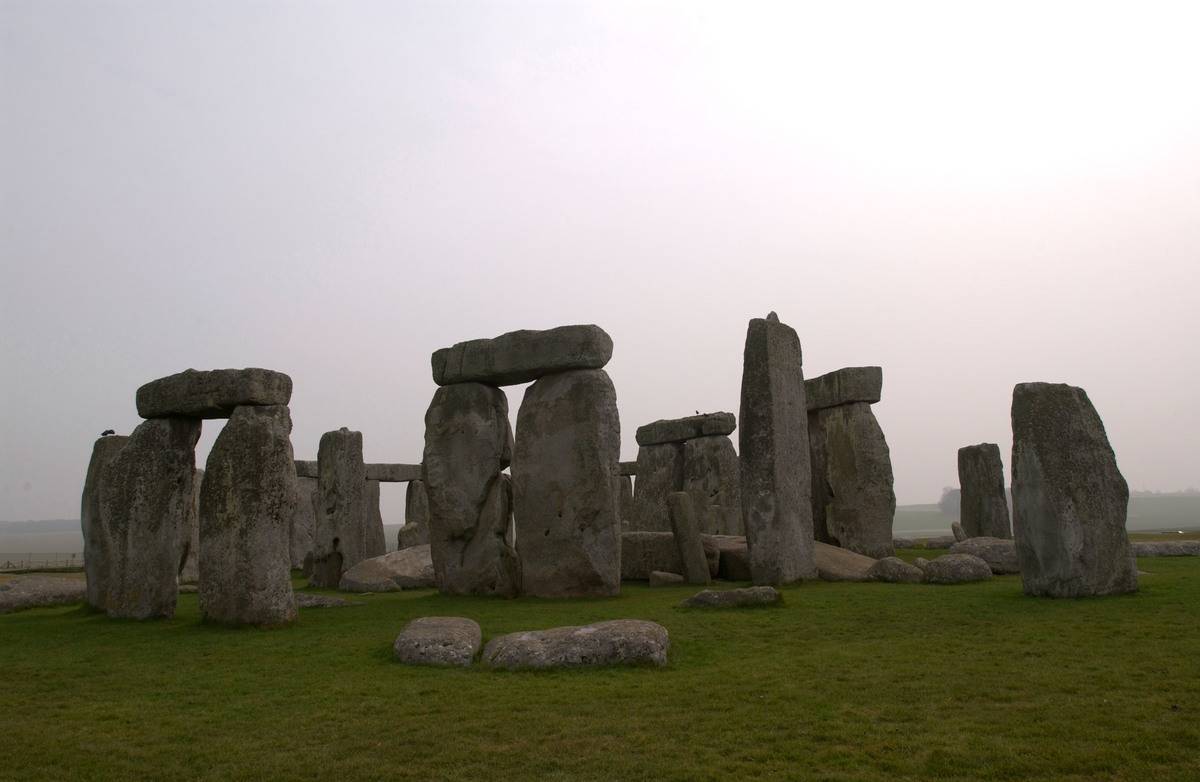
Stonehenge is one of the world’s most famous prehistoric buildings. The stones in Wiltshire, England, each weigh 25 to 30 tons and stand 13 feet high. According to archaeologists, Stonehenge was built between 3000 BC to 2000 BC, but why and how remains a mystery.
Most historians agree that Stonehenge was likely a burial ground. Builders dug ditches with antlers and lined them with chalk to prevent them from collapsing. Then, they transported the sarsen stones with either ropes or sleds over 155 feet to the site. But these are just theories.
These Weirdly Stacked Apartments In Montreal, Canada
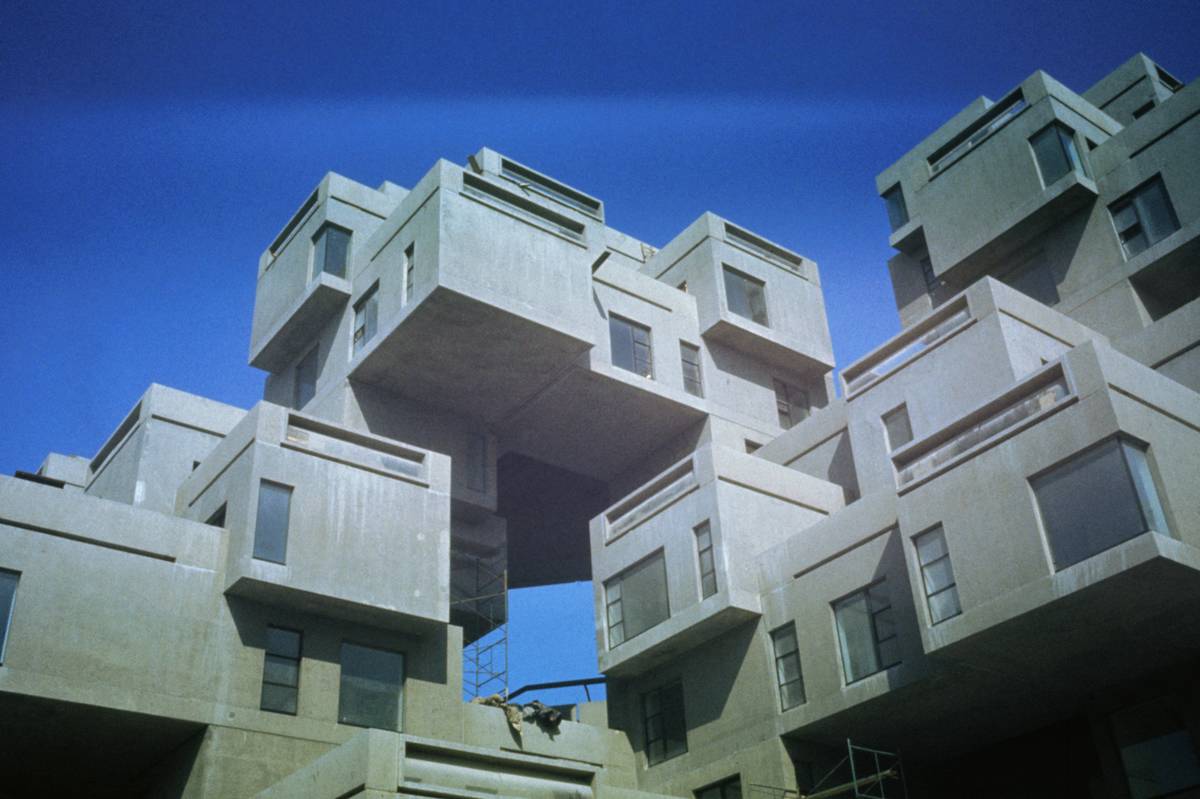
An apartment complex called Habitat 67 in Montreal, Canada, looks like a giant version of wooden blocks. These block-shaped buildings are stacked on each other to create strange arches. Believe it or not, these apartments have been in business since the early 1960s.
During that time, Israeli-Canadian architect Moshe Safdie was completing her master’s thesis at McGill University. Her thesis advisor asked her to create something for the 1967 World’s Fair. At the time, Safdie called it Expo 67. She spent decades completing 354 identical concrete apartments, and they are now worth millions today.
Why Wasn’t The Sagrada Familia Finished?
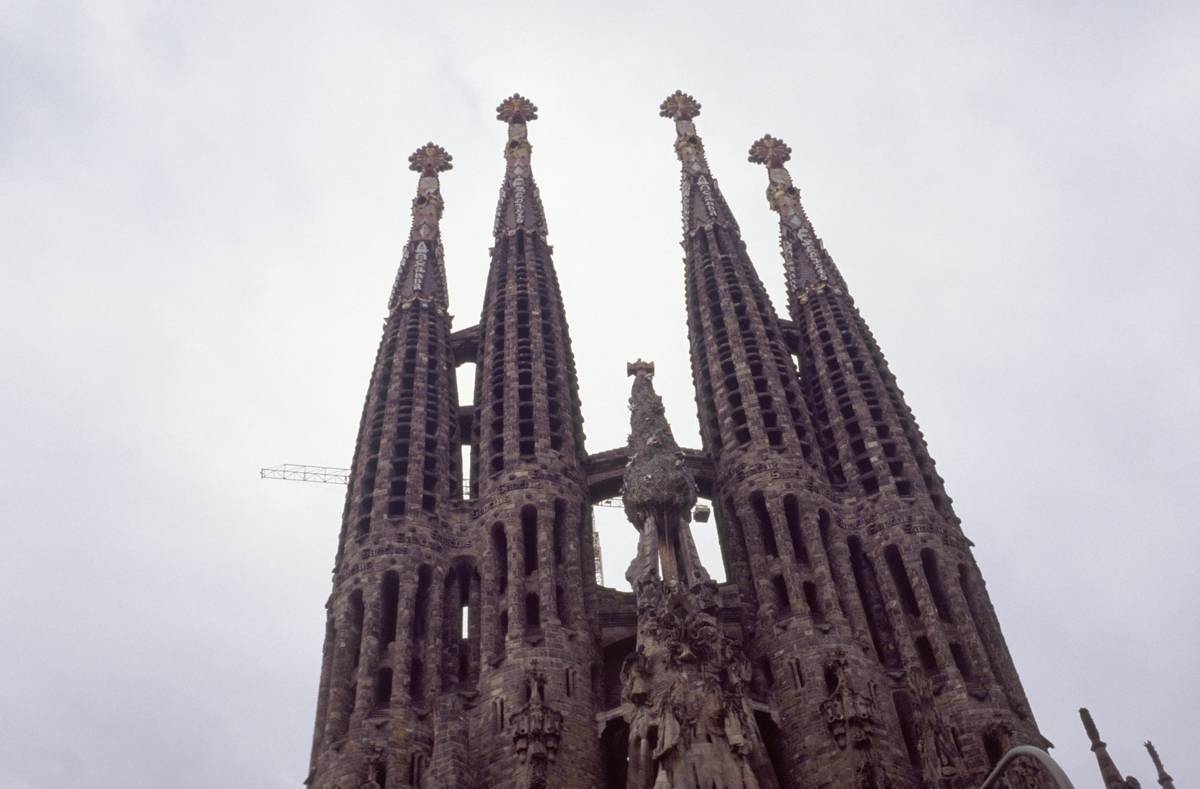
Anyone who gazes upon Sagrada Familia in Barcelona, Spain, can tell that it is not your average ancient building. The unfinished Roman Catholic basilica dates back to the late 1800s. Why does it look so bizarre, and why was it never finished?
When architect Francisco de Paula del Villar began the Sagrada Familia in 1882, he intended for it to be a traditional Gothic building. But the next year, architect Antoni Gaudí took over. He combined the Gothic style with Art Noveau and worked on it until his death in 1936. Although it was never finished, it is still in use.



